For the first half of the 20th century, the only people who had stood at the South Pole were the 1911/1912 expedition teams of Norwegian Roald Amundsen and Briton Robert F. Scott. It wasn’t until 1956 that humans again set foot at the pole, this time to establish the Amundsen-Scott South Pole Station research center that has been permanently occupied since. But the South Pole remains the realm of scientists and adventurers, with few others having the opportunity to reach it.
We made the journey on White Desert’s flagship “South Pole and Emperors” itinerary, as part of a weeklong stay at their Echo Camp. The South Pole is 1,500-mile (2,400km) miles from Echo Camp, and the trip there is made in several flight legs aboard a Basler BT-67, with an overnight stay at a remote camp 483 miles (777km) miles from the pole. The Basler, a converted DC-3, is far from the most luxurious way to travel, but it can land on snow and ice, and gets the job done.
A couple of days before our journey to the pole, we took a 2.5-hour flight on a Basler to see the Emperor Penguin colony at Atka Bay. Prior to boarding, our boots were disinfected to prevent the spread of any disease, similar to the process used aboard the National Geographic Endurance when we visited the any penguin colonies on the Antarctic peninsula. Shortly after take-off, we got some great views to the Drygalski Mountains and the dramatic Ulvetanna Peak (Norwegian for Wolf’s Fang).
A fueling stop en route gave us a better sense for the amount of infrastructure White Desert brings to bear in Antarctica. The fuel station, one of at least three they maintain on the continent, is staffed around the clock with crew who live in small tents on-site. The fuel is transported to Antarctica by ship, then craned up to the ice shelf onto sleds that are then towed inland over multiple days to the various depots.
We’d only briefly seen the Antarctic coast as we crossed on our arrival to Echo Camp, and our arrival and departure from Atka Bay gave us many more views to the ice shelf and the huge ice bergs that calve of into the sea.
The stately Emperor Penguin is the largest of all 18 penguin species, and can grow up to 39 inches (100cm) tall and weigh 49 to 99 lb (22 to 45 kg). The Emperor breeds over the Antarctic winter, the only penguins to do so, and the chicks hatch in August, near the end of winter. By the time we visited, in December, the fuzzy chicks were not yet full-grown, but were old enough to soon be able to swim and fish for themselves. Having only ever seen one Emperor Penguin in the wild, during our Antarctica cruise aboard the National Geographic Endurance, standing beside a 20,000-strong colony was a particular thrill. The chicks were quite curious and unafraid of the visitors, and would walk right up to us. We had to keep an eye on them in order to maintain the required separation of 100 ft (30m), especially if our back was turned.
The journey to the South Pole is highly weather dependent, so the actual departure date isn’t known until with 24 hours of leaving. We received daily updates on the weather and trip prognosis and, finally, a good weather window arrived. The picture below shows most of what we took with us for the overnight journey. We have Devold long underwear as a base layer top and bottom, then Norrona Trollveggen tights under Arc’teryx Beta AR rain pants for our legs. For our core we have Norrona falketind alpha120 as a mid-layer under a Norrona lyngen down850, with Mammot Nordwand Advanced for the outer layer. We also each have three pairs of Black Diamond gloves: mid-weight softshell, Soloist, and LightWeight WoolTech, plus wool hats and Buff windproof neck gaiters. For our feet we have Smartwool Mountaineer Classic and liner socks. Not visible are our Baffin winter boots, and Feathered Friends Down Booties for our overnight stop. The two grey bags at the head of the bed are White Desert-supplied down pants and coats to keep us toasty-warm on the ground at the South Pole.
We wore most of the gear on the flight, and only brought a small carry-on bag each with personal items, snacks from the Echo Camp kitchen, camera gear, and our Iridium GO! exec portable satellite device. The Basler is unpressurized and the windows iced over as gained altitude over the polar plateau. Fortunately, someone had brought in ice scraper.
We reached the South Pole in two legs. The first was a five-hour flight to Dixie’s Camp, on the Polar Plateau at 83°S, where the plane was refueled before we continued on to the South Pole. Dixie’s Camp is 483 miles (777km) from the North Pole and its closest neighbor is the International Space Station, 250 miles (400km) in the sky.
A two-hour flight from Dixie’s brought us to 90°S at elevation 9,301 ft (2,834 m). Disembarking the plane and actually standing at the South Pole, a place we never expected to reach and that so few have visited, was an amazing feeling, made even more so by the fact that we’d stood at the North Pole only four months earlier.
Our first stop was the Ceremonial South Pole, where the flags of the 12 original Antarctic Treaty signature countries surround a metallic reflection ball mounted on a barber pole. We’ve seen so many pictures of this scene, and it was a real thrill to finally take our own.
The Geographic South Pole, a few hundred feet away from the ceremonial South Pole, shifts about thirty feet (ten meters) each year due to ice cap motion and is marked by a sign and a marker stake. The sign is moved once per year and on January 1st a ceremony is held to unveil the new marker. We arrived on New Year’s Eve and were able to witness the rare separation of marker stake and sign. The old 2023 marker was still in place, but the sign had been moved in preparation for the unveiling of the 2024 marker the following day. We’ve celebrated the New Year in some memorable places, such as Sydney, Australia; Falmouth UK; Amsterdam, NL and even at sea en route to St. Helena from Cape Town. But this one was by far the most exciting and memorable.
We spent the rest of our time checking out the extensive facilities of the Amundsen-Scott South Pole Station, and also stopped in the visitor’s center and got an Antarctica stamp for our passport. The temperature was a balmy 2.1°F (-16°C) during our time there, and by this time we were actually too warm in all our layers.
To give the pilots their statutory 12-hour break, we returned to Dixie’s Camp for the night. For guests, Dixie’s has a large common tent and six polar sleeping tents, each with two cots and Antarctic-rated sleeping bags, and a small diesel. With the heater off overnight, we were surprisingly warm in the sleeping bags wearing just our long underwear, despite the tent temperature falling to 23.6°F (-4.6°C) with the outside temperature down at -8.6°F (-22.5°C). The heater quickly brought the temperature back up in the morning to a comfortable 57°F (14°C), and James got a little work done using the Iridium GO! exec before we boarded the Basler for our return flight back to Echo Camp. Spending the night in the tents on the ground in Antarctica, in such primitive conditions and so far away from anything or anyone, was an adventure of itself.
Besides the incredible experience of actually standing at the South Pole, flying there also gave us a better appreciation for the vastness and emptiness of the continent. It also increased our respect for those early polar explorers who traversed the distance on foot, not knowing what they would encounter.

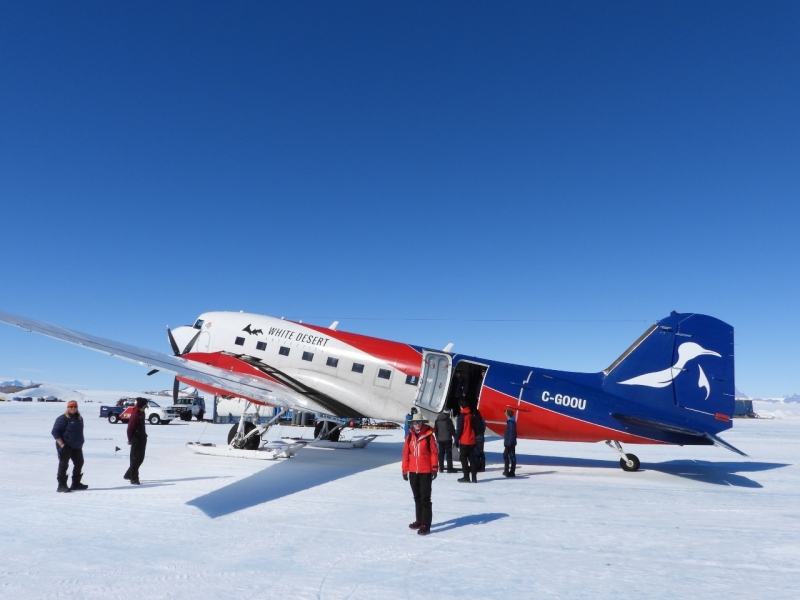
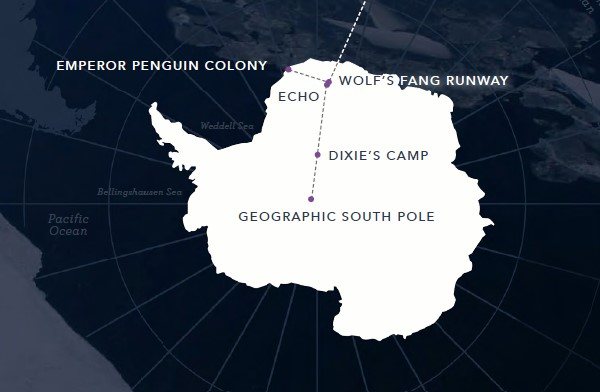
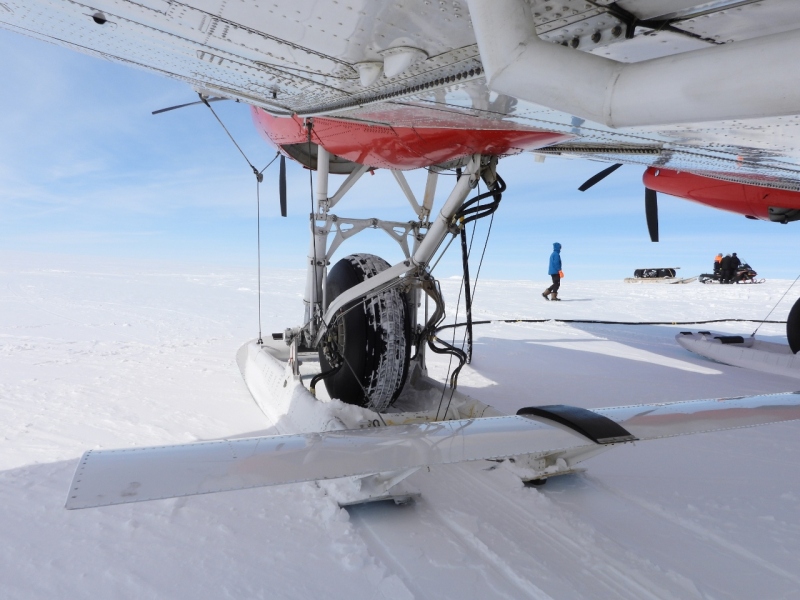
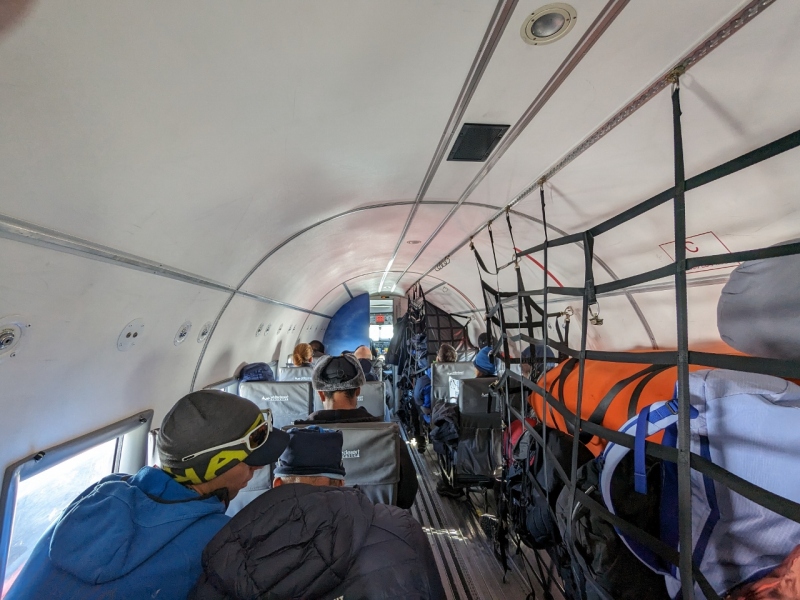

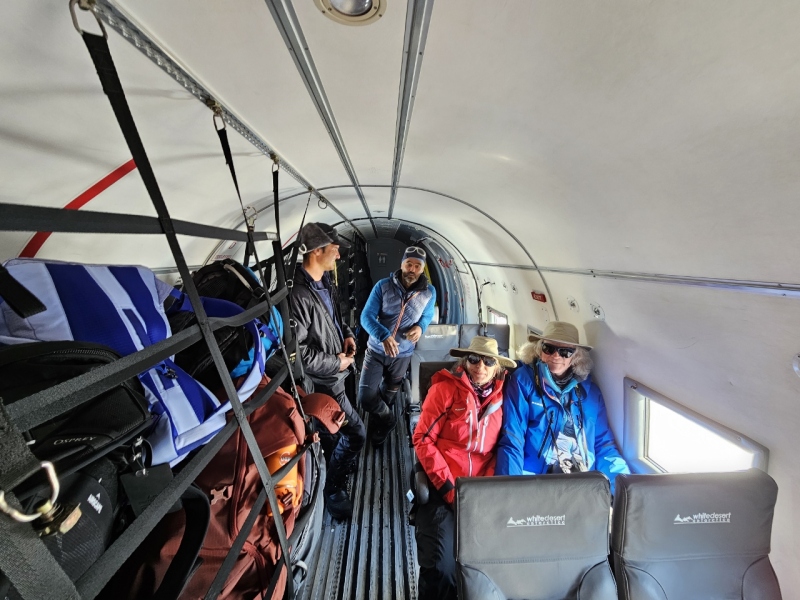

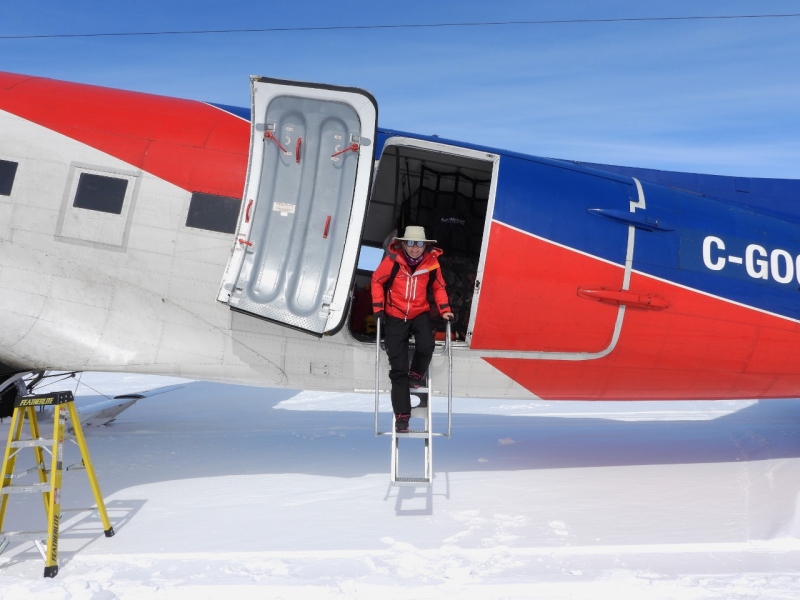
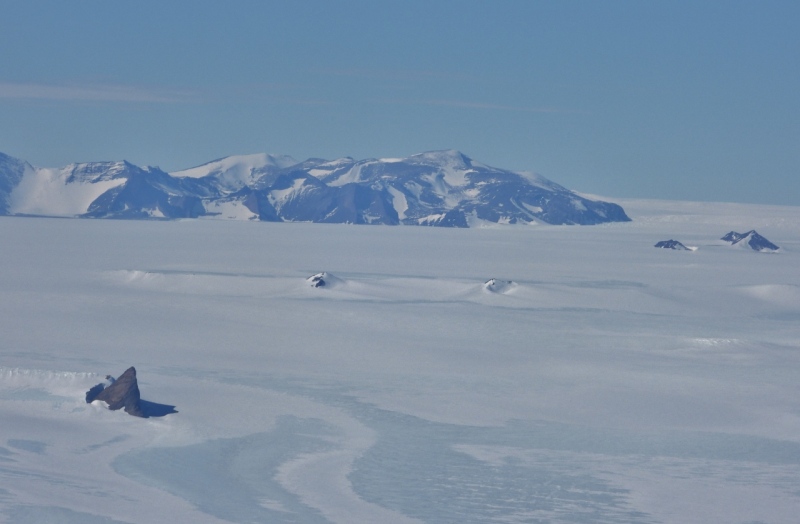
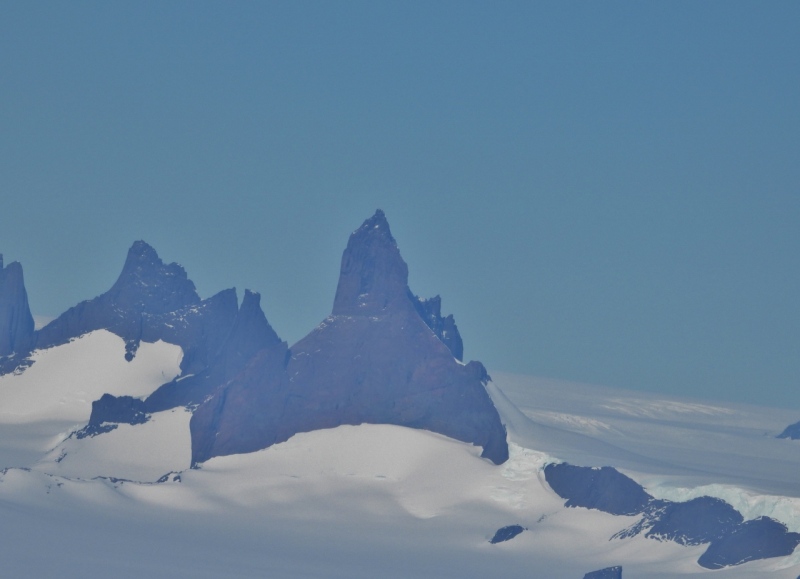
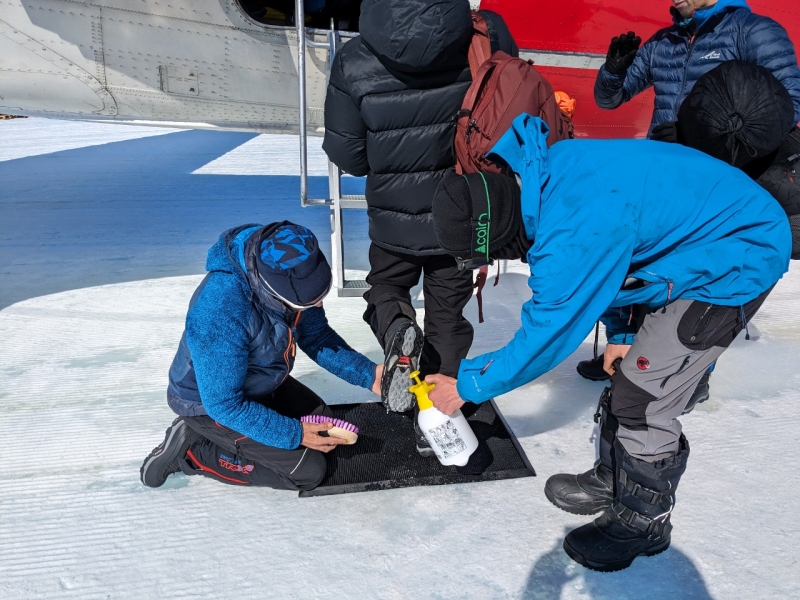
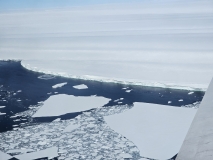
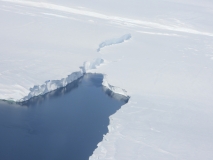
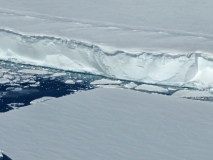
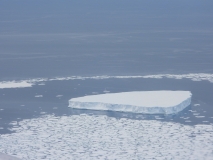
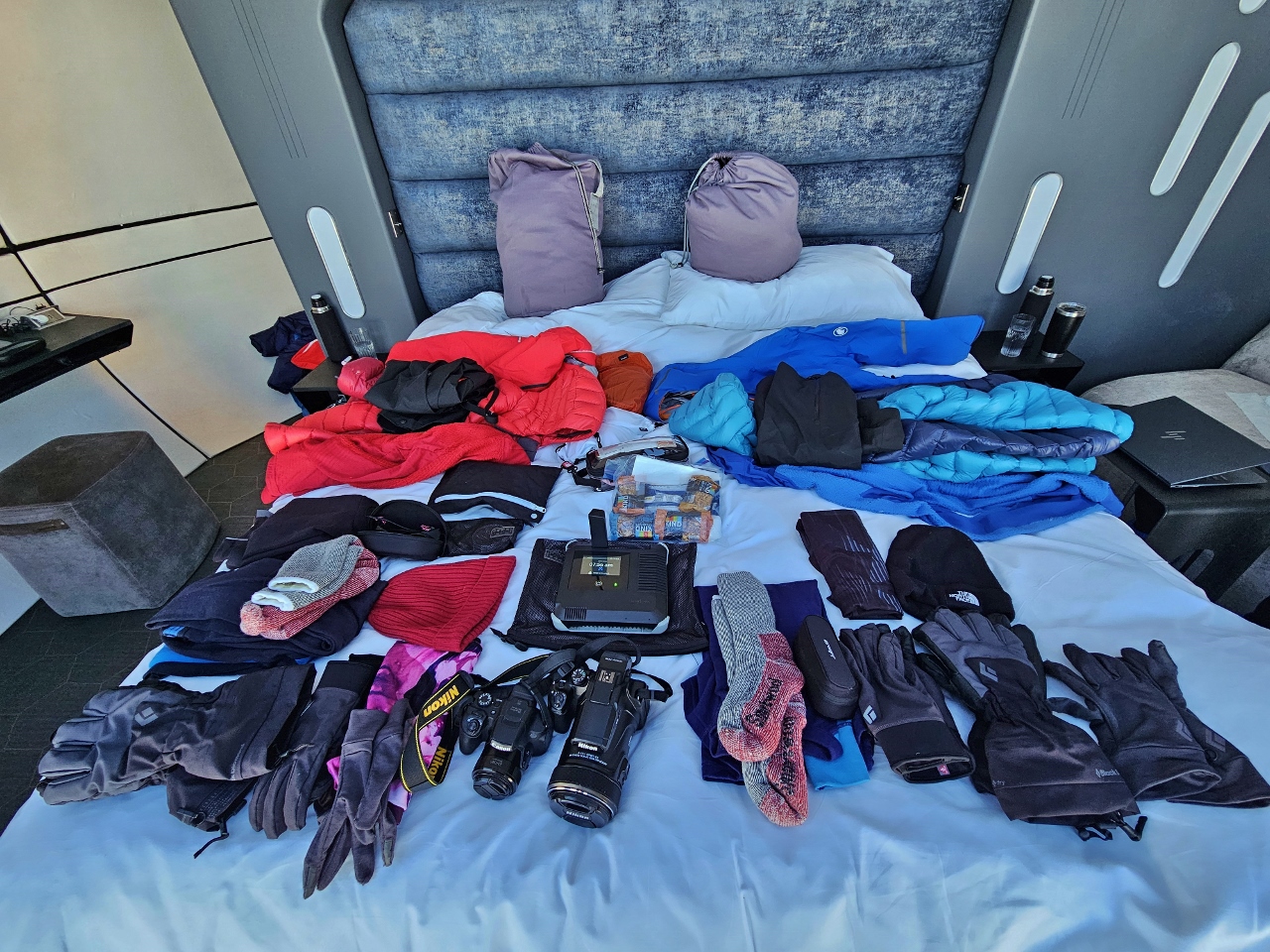
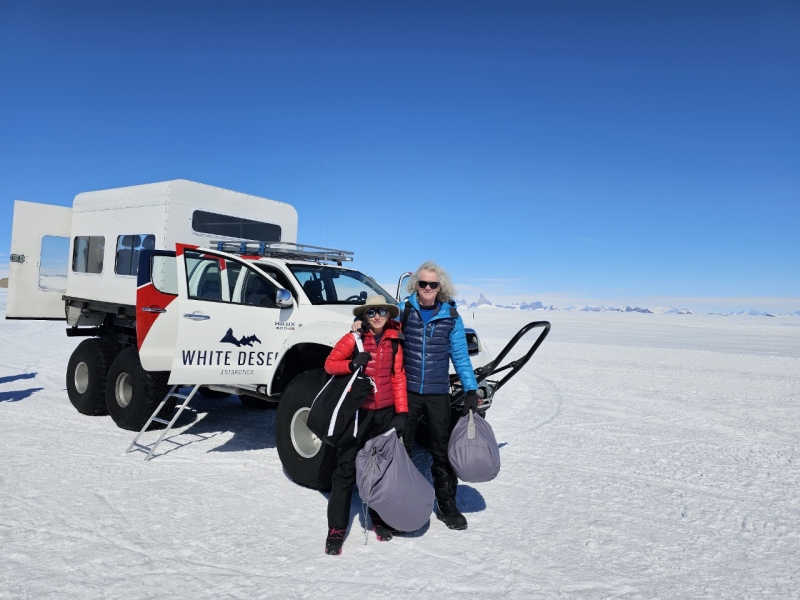
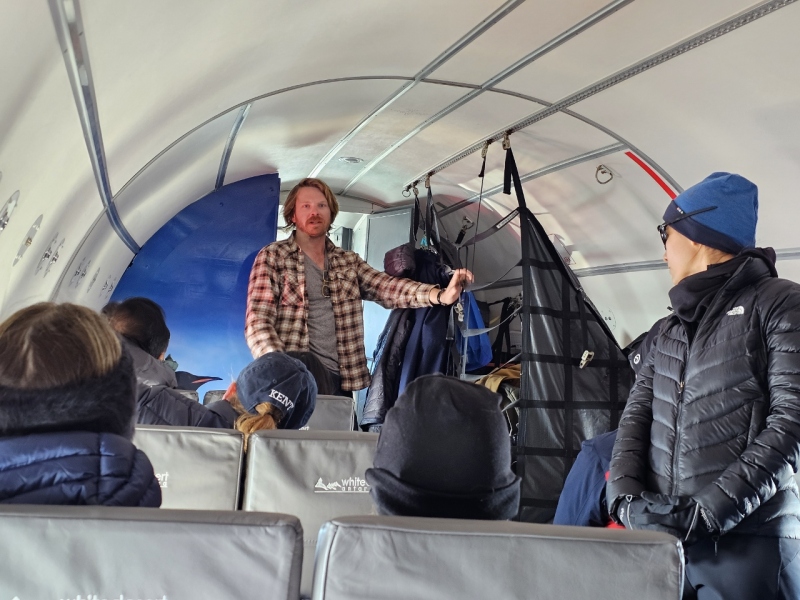
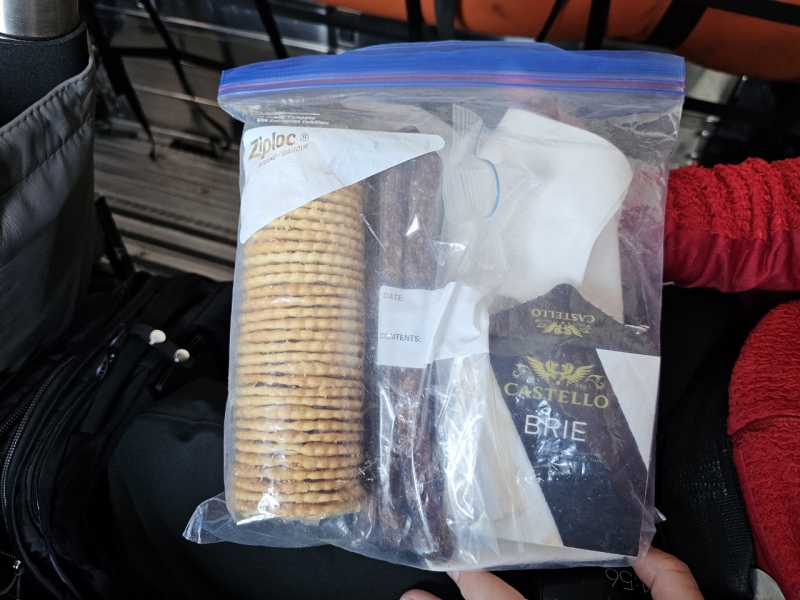
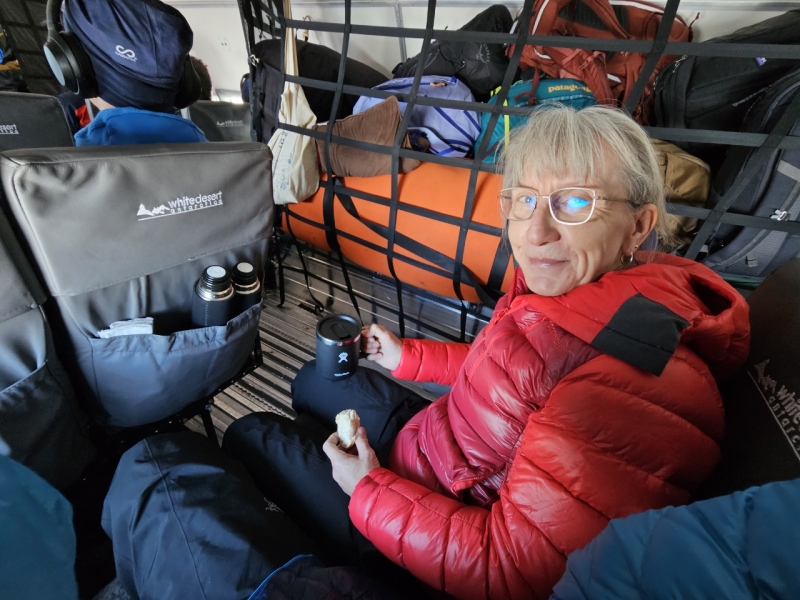
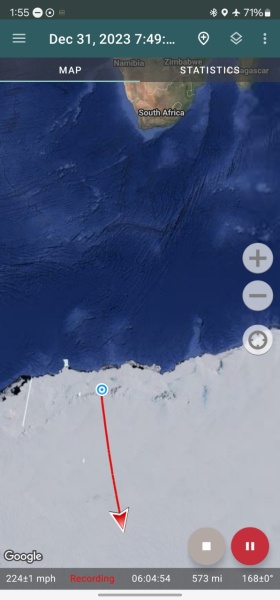
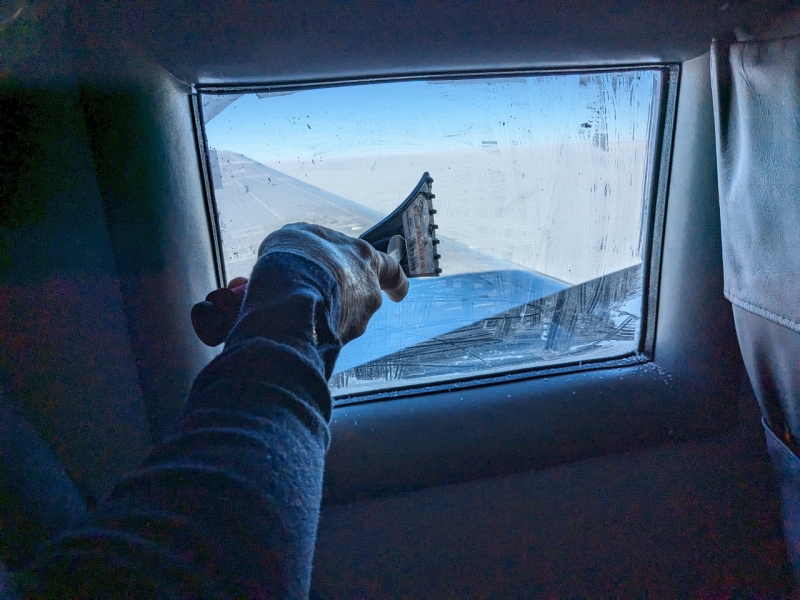
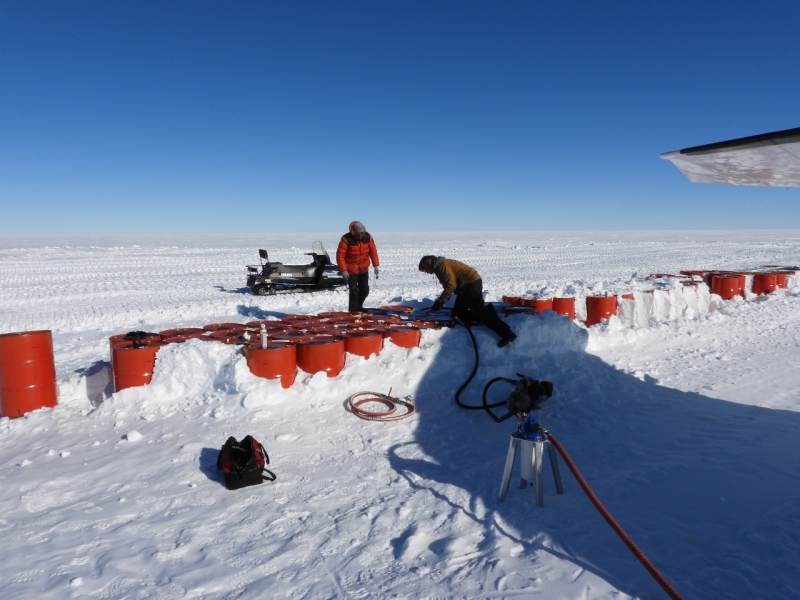
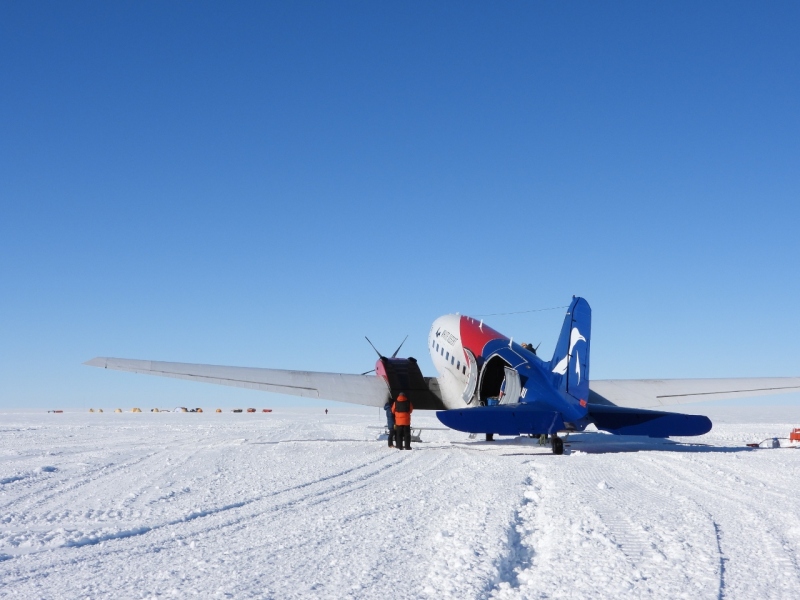

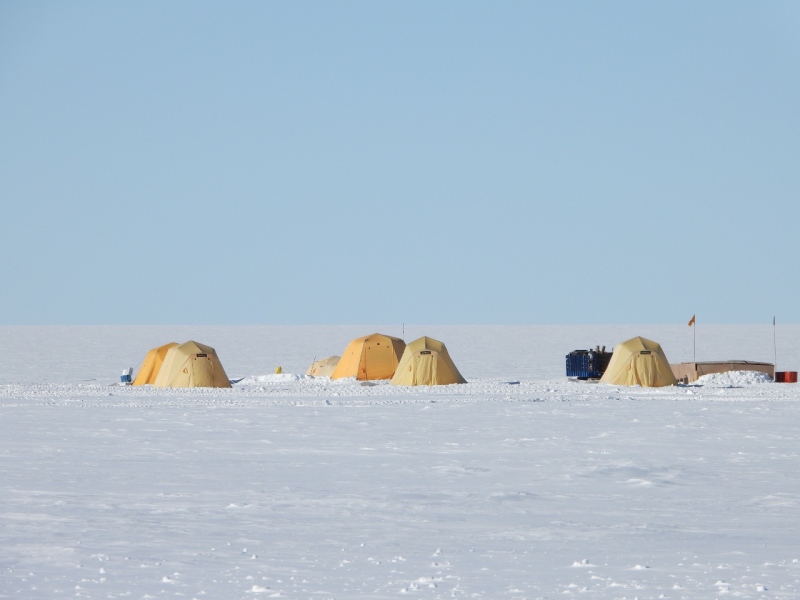
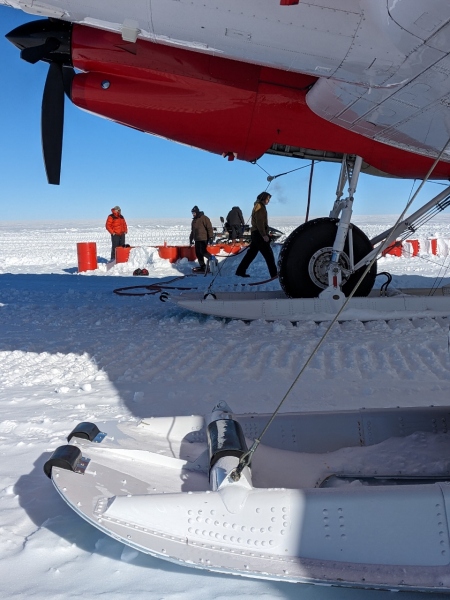
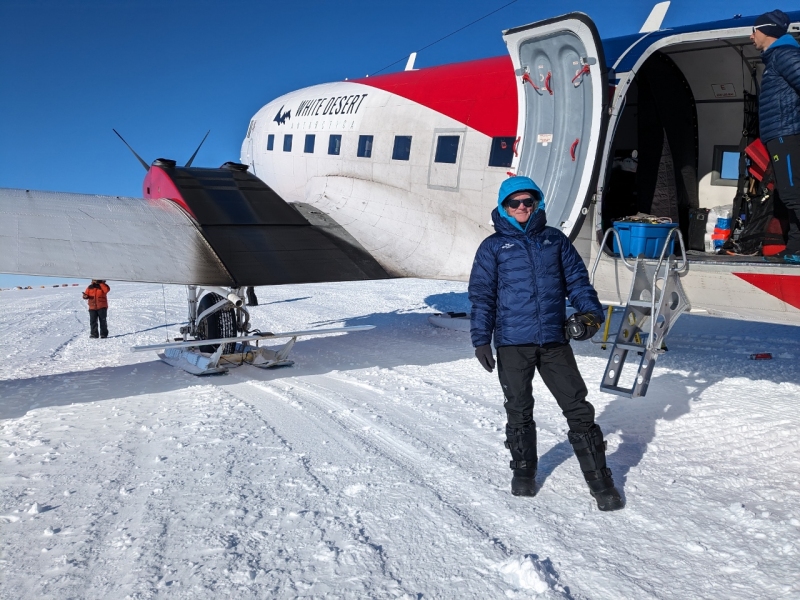
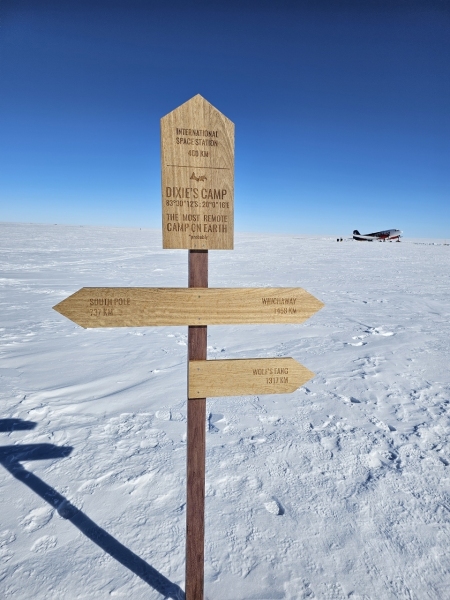
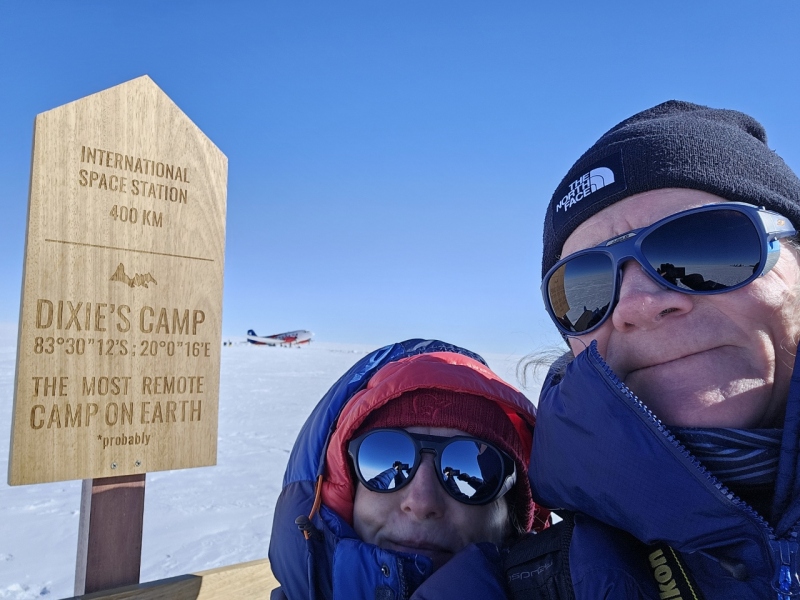
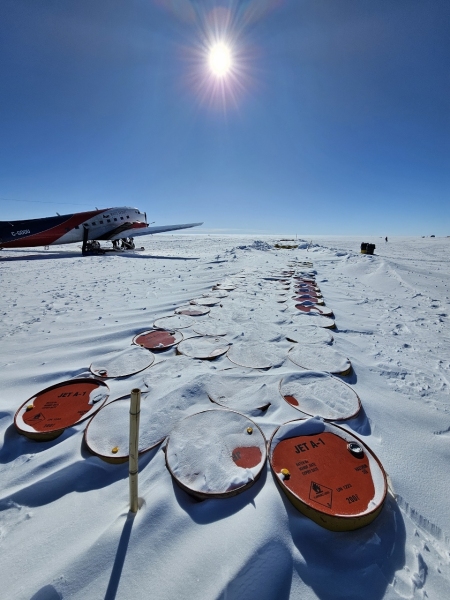
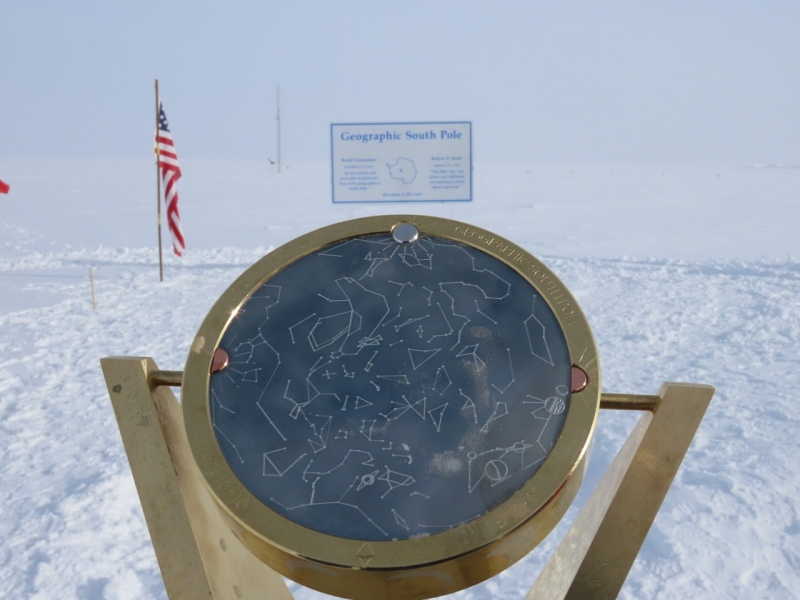
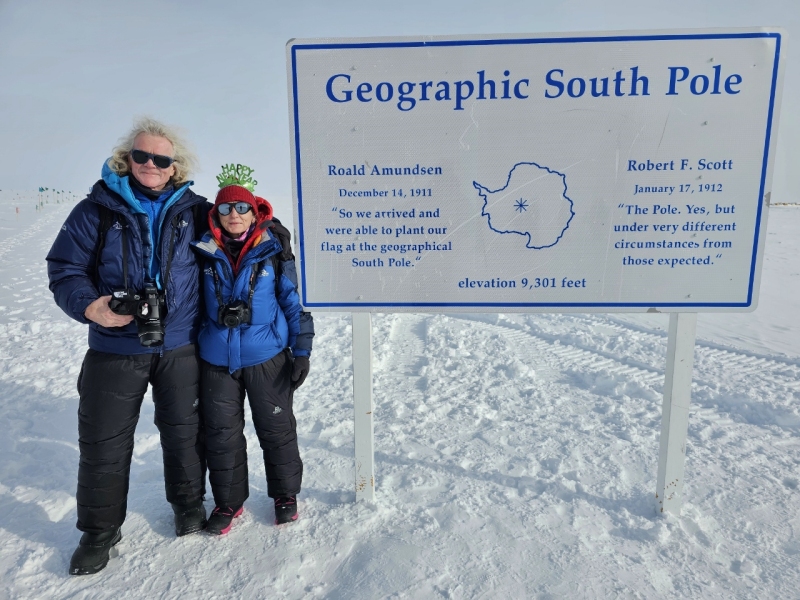
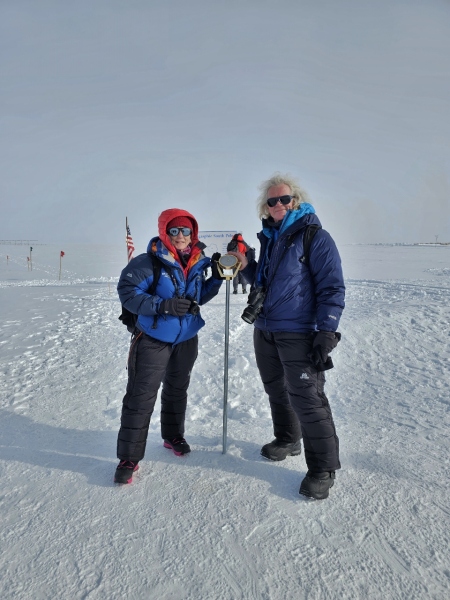
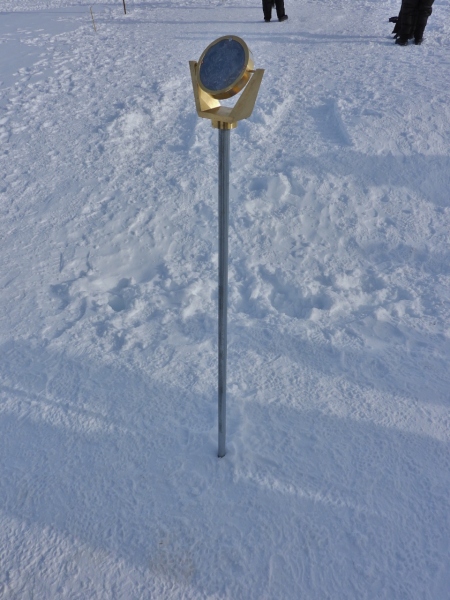
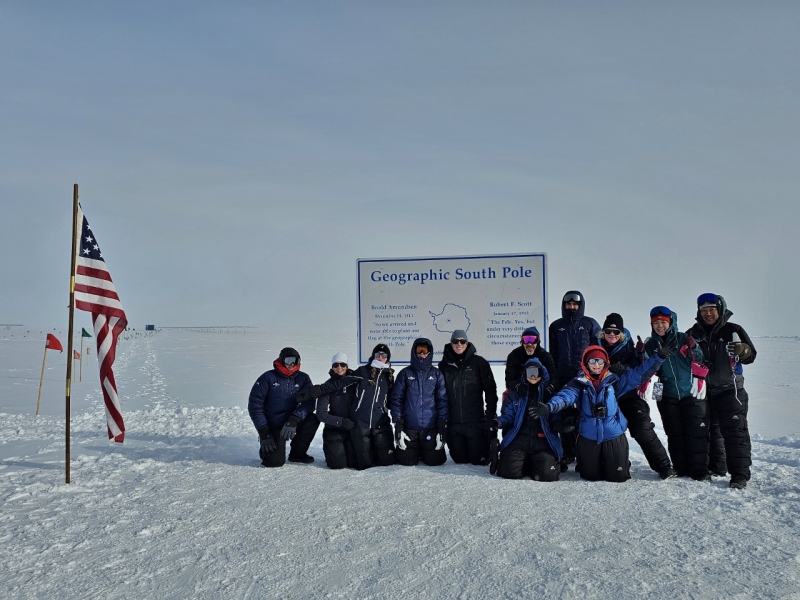
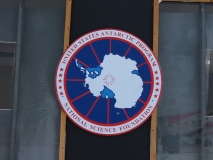
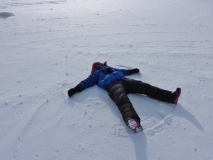
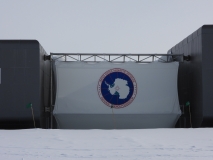
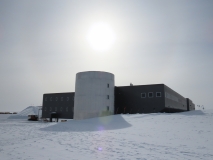
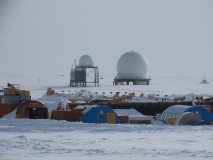
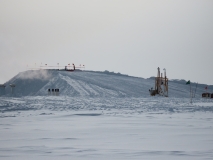
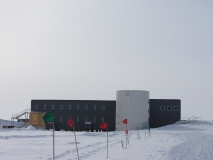



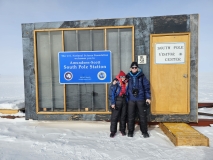
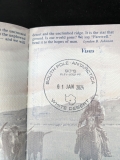
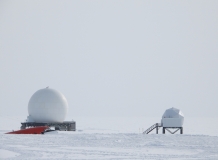
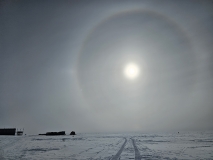
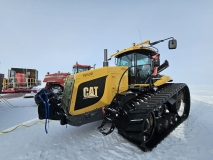
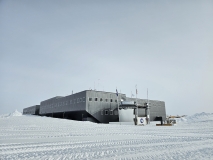
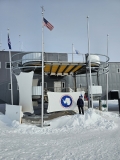

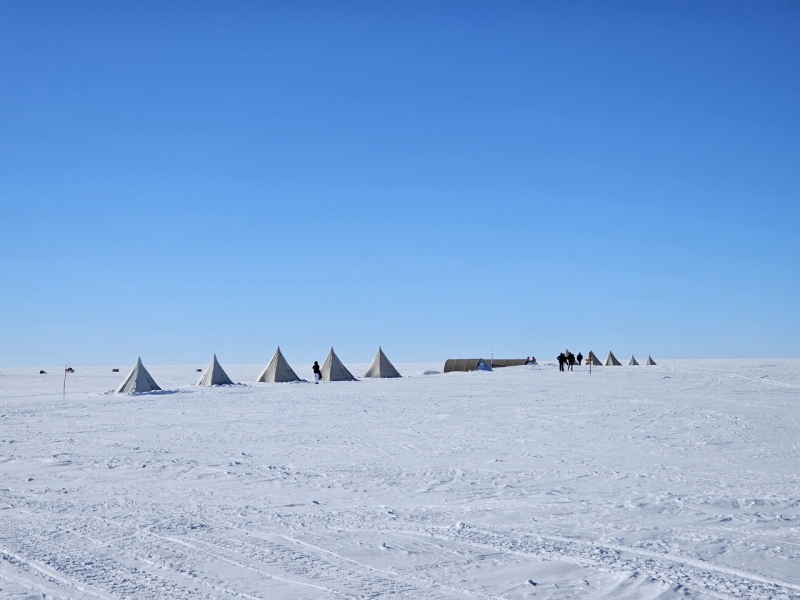
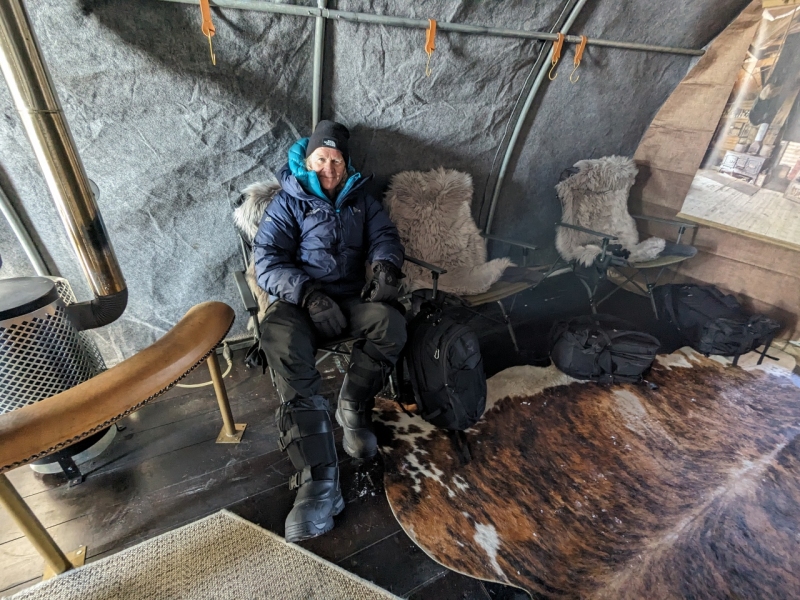
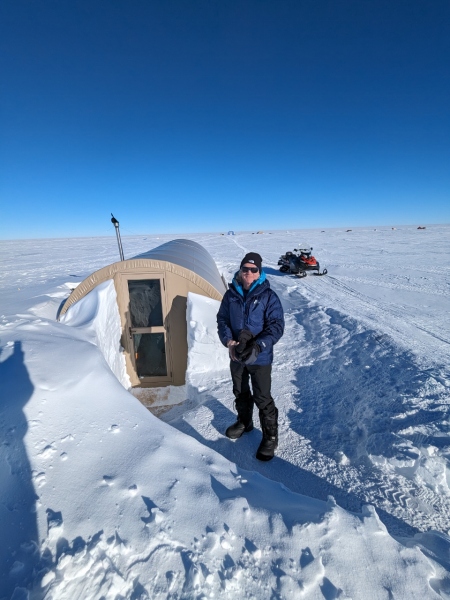

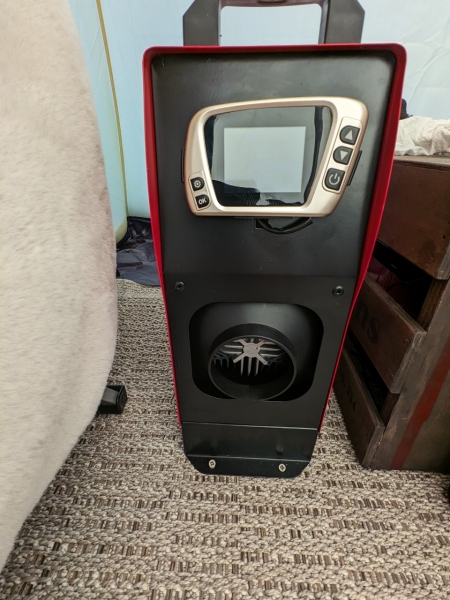
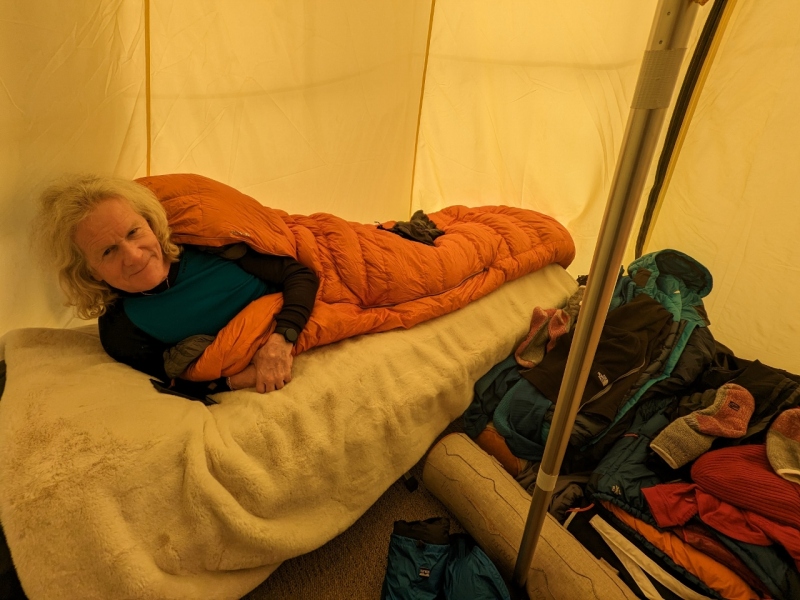
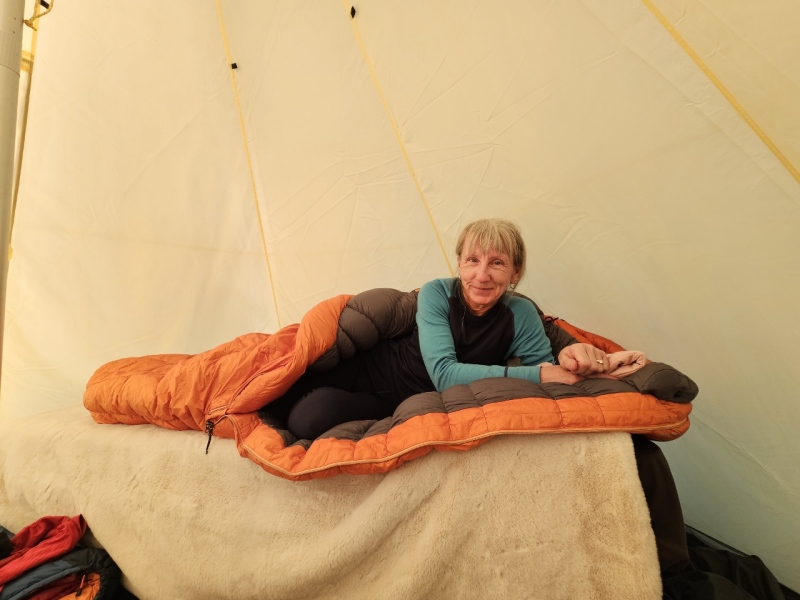
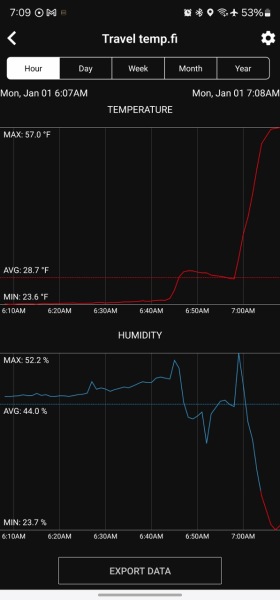

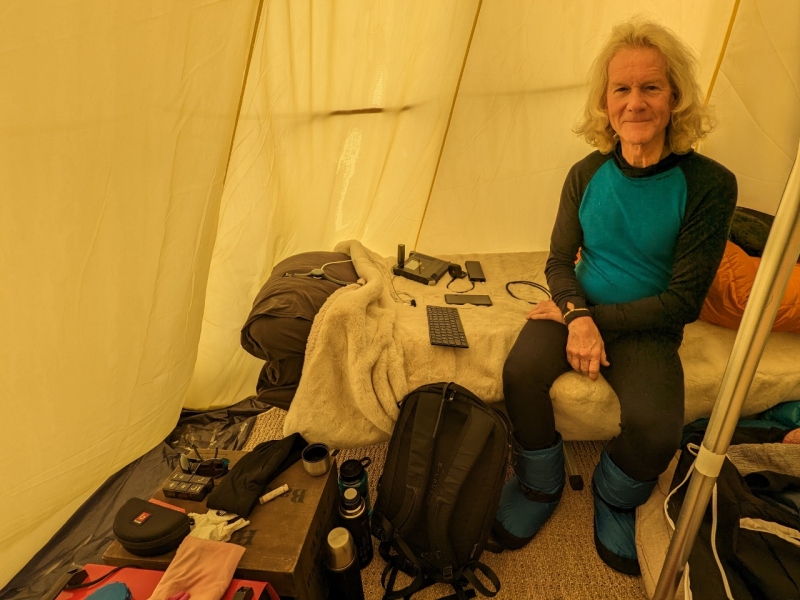

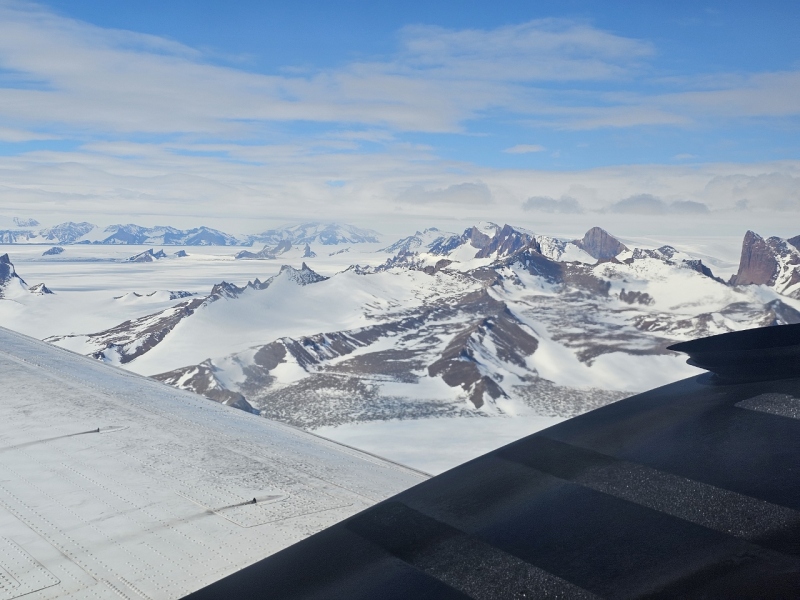

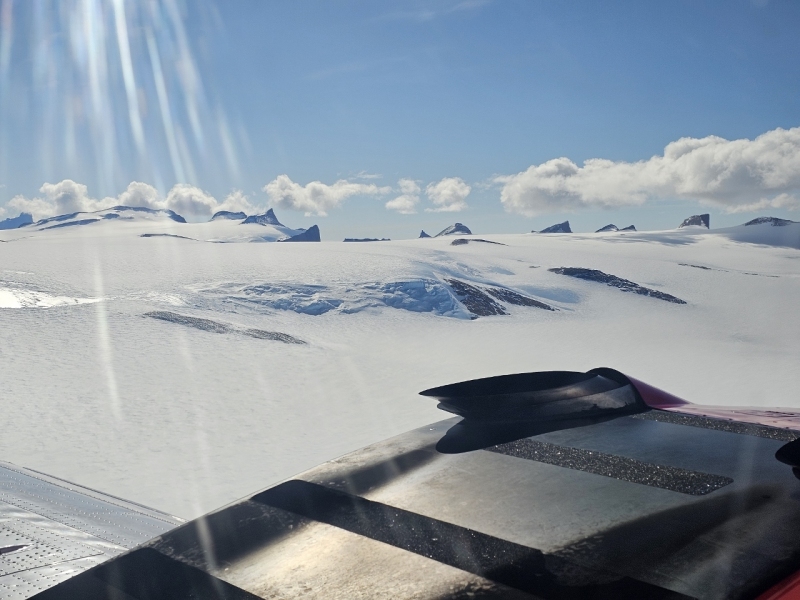
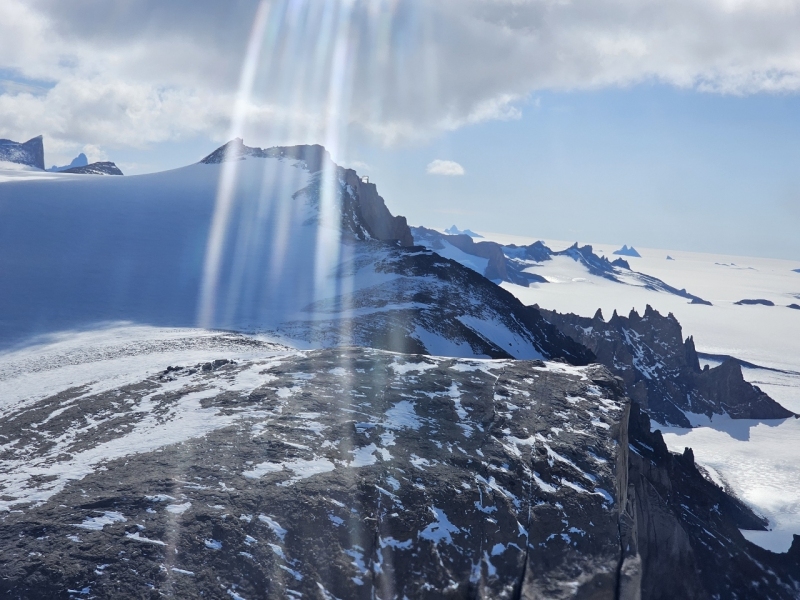
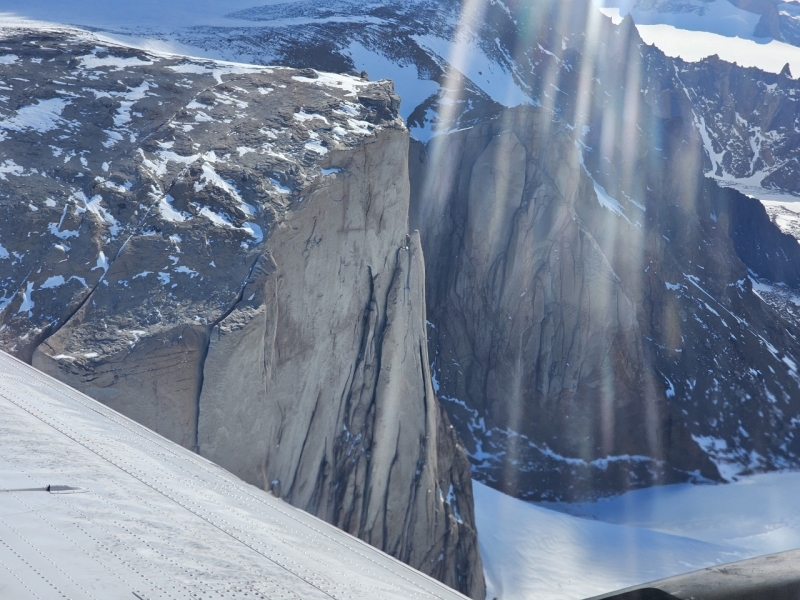
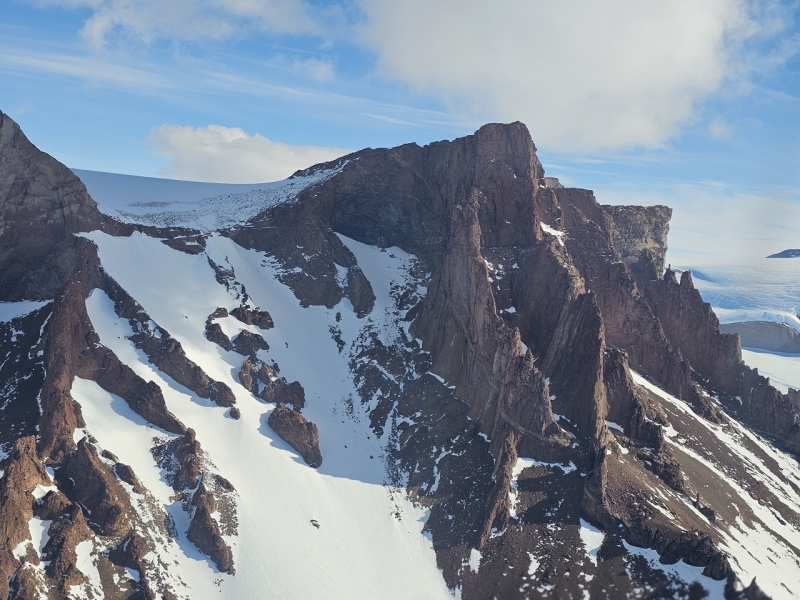
Thanks for the write-up and photos. Follow your site originally, as we were looking to purchase a trawler. Have taken some of your advice from your blogs, and attending the seminar at Trawlerfest 2023. Coincidentally, I watched the DC-3 you travelled to Antarctica aboard, fly over our home to its base here in Oshawa, Ontario (YOO) yesterday.(June 21) As I watched its flight path over our home to YOO was wondering if it was returning from another Antarctic mission. One year, the plane had to fly from Ontario, Canada to the Antarctic to rescue one of the scientists at the research station having a medical crisis. I heard the pilots did the rescue in record time. Enjoy your travels/adventures.
It’s amazing, at least to me, that the planes used to serve Antarctica come from way up in Northern Hemisphere. Given these planes can only fly 5 hours between fueling, covering that distance will definitively take some time.
Thanks for the feedback on the blog.